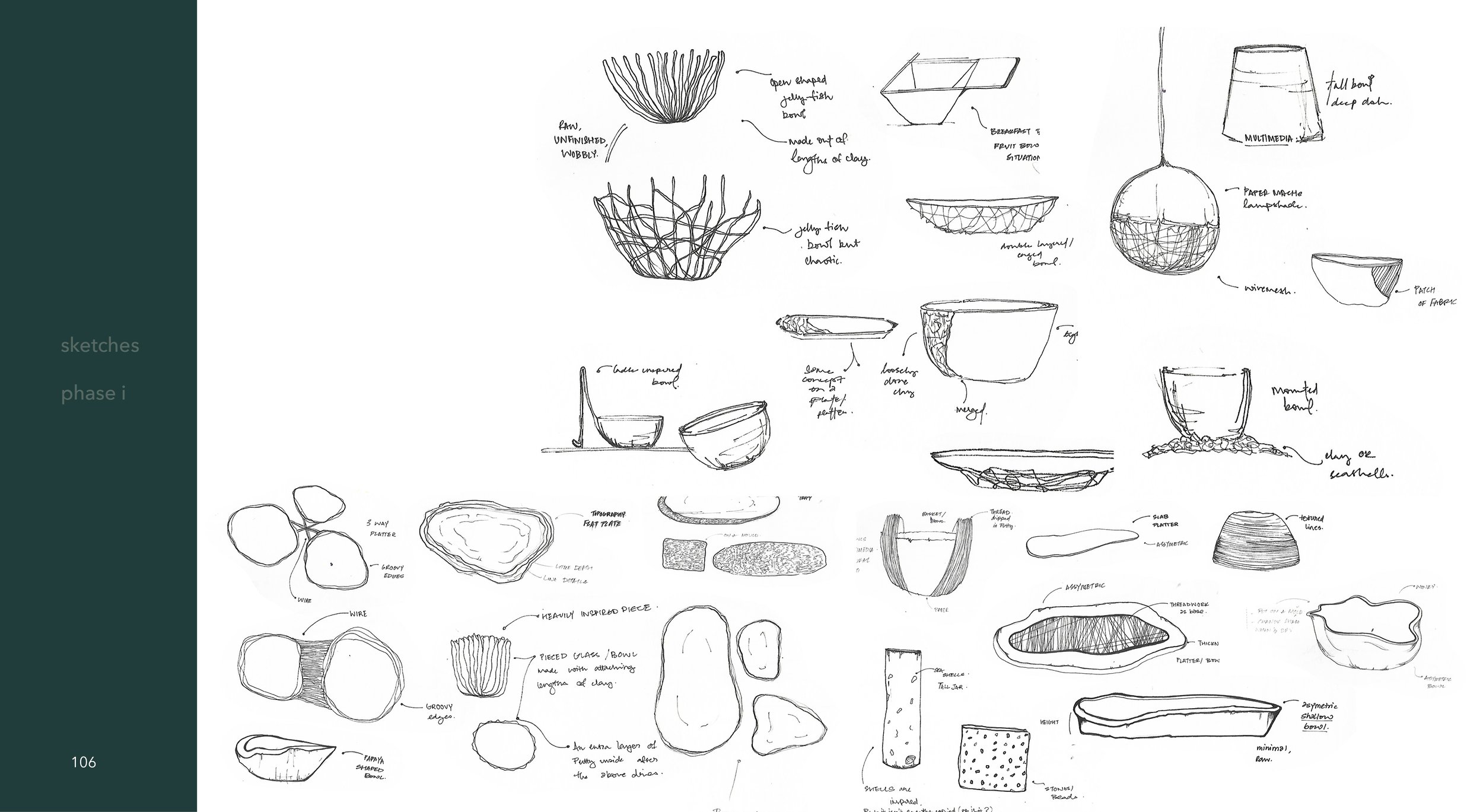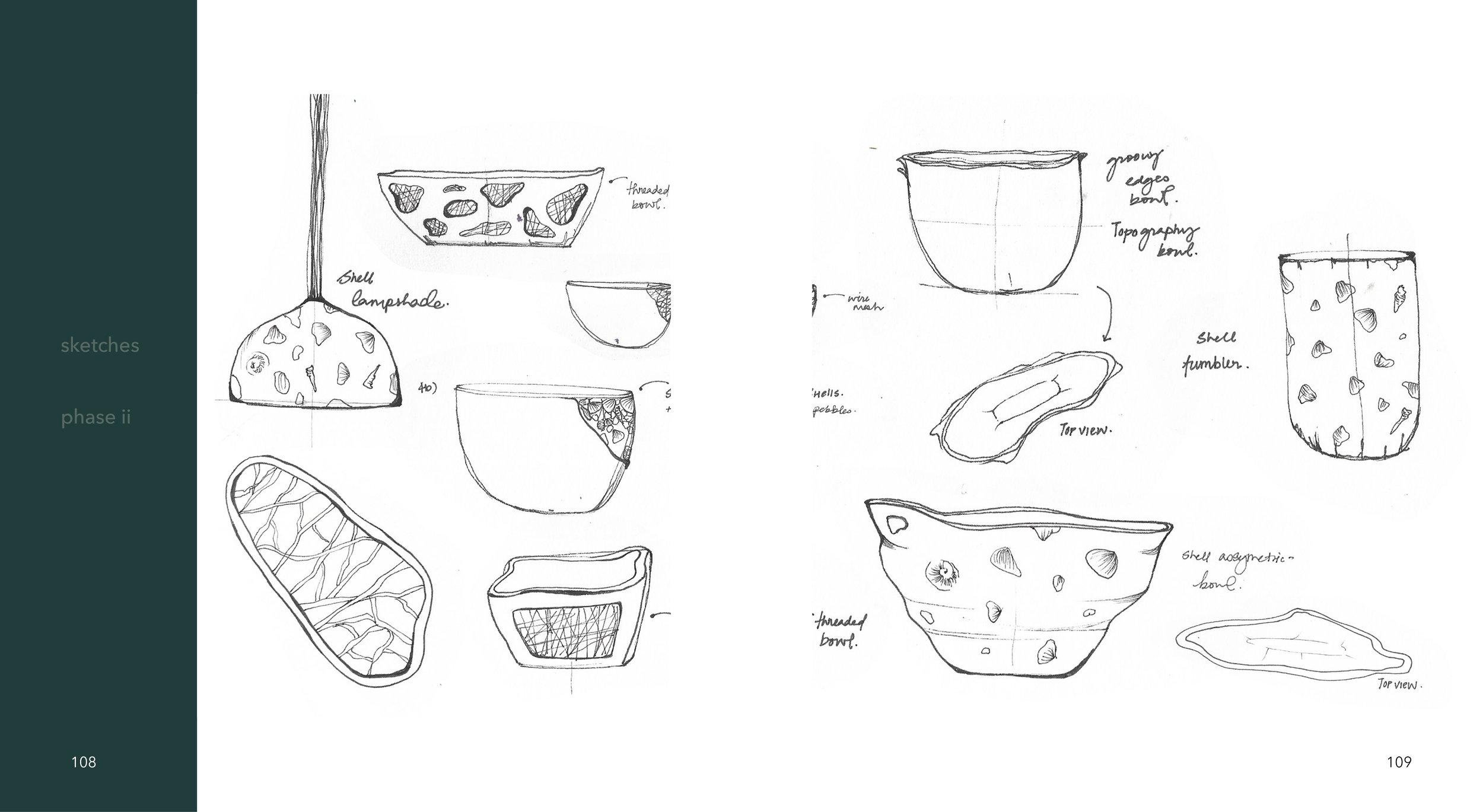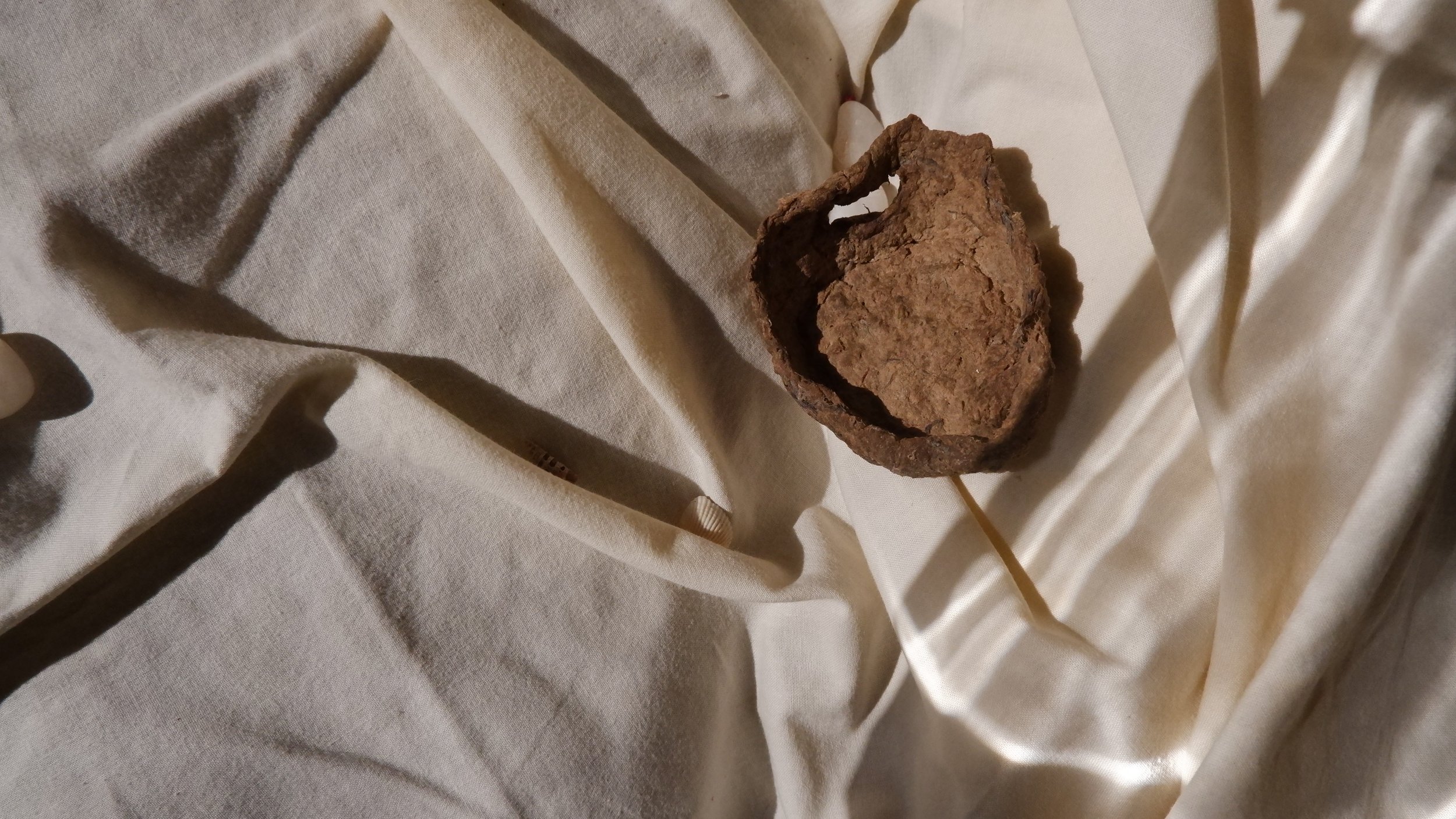In spite of being the Textile Recycling Capital of the world, India recycles only 10% of the waste it receives and creates.
This statistic mostly excludes post-consumer waste - the kind which arrives after we are done wearing a garment. And this is a huge gap, especially in the growing urban Indian market, with 57% of that waste entering the landfill.
“The most sustainable way is to not make things. The second most sustainable way is to make something very useful, to solve a problem that hasn’t been solved.”
Thomas Sigsgaard
Realisations I’ve had
-
We have enough. We don't need more things.
-
Everything we need lies in trash cans & houses of other people
-
So why are we still building with virgin materials?

-
No Manufacturers
are ready to address the problem of post-consumer textile recycling - unless you have an Amazon level investment.
-
Trashing
Consumers want to trash their Diwali cleanouts - but also want to do it responsibly.
-
Fabric Composition
& contamination differs with post-consumer textile waste. Which makes it a long & expensive process.
*These conclusions were made after spending 2 months incessantly calling fabric manufacturers, recyclers & brands.




“If it can’t be reduced, reused, repaired, rebuilt, refurbished, refinished, resold, recycled, or composted, then it should be restricted, designed or removed from production.”
– Pete Seeger, Folk Singer & Social Activist








Concepts & Sketches
based on the sampling


Final Prototypes
General Observations
-
More the fabric, less the plasticity. Favourable to keep the ratio 2 : 1 = paper : fabric.
-
A lot of flour and oil, leads to moulds/ fungus. Substitute with talcom powder.
-
Working with putty gives desired results in terms of colour, texture and strength.
-
The samples are volumnous yet incredibly light.
-
Needs to be made either with a mould, or unmoulded with a minimal design
-
*all these observations are qualitative in nature because of the absence of labs and testing facilities during the pandemic - 2020.

















